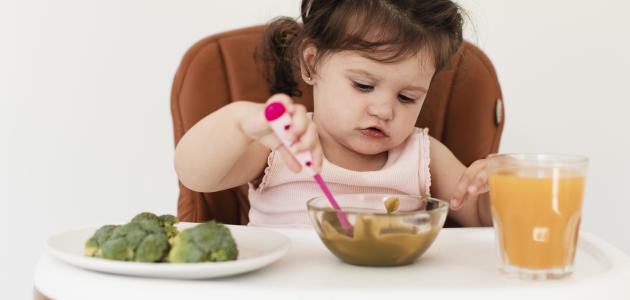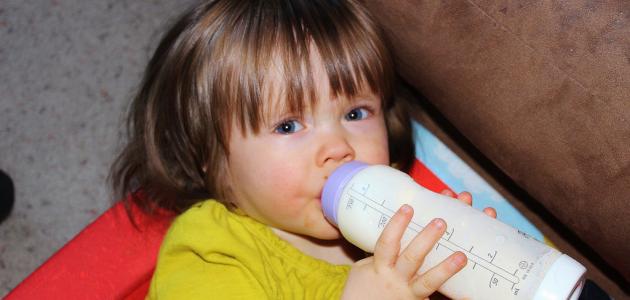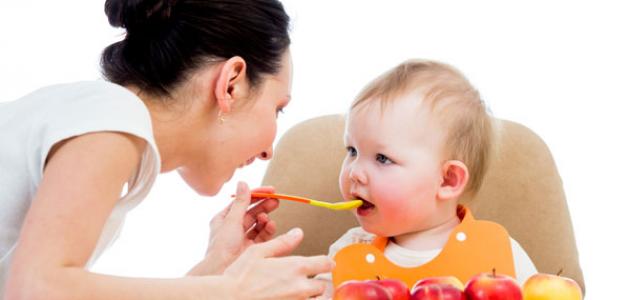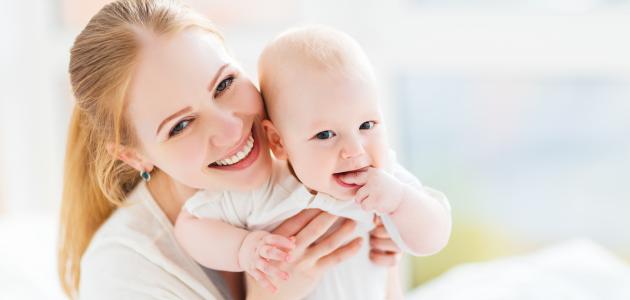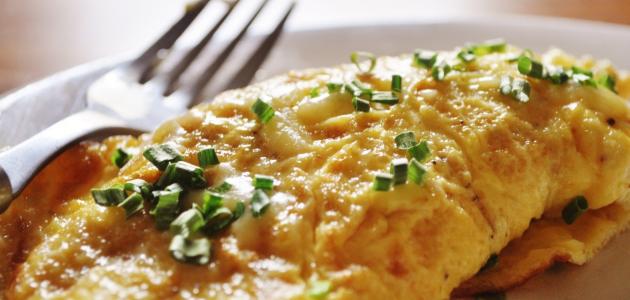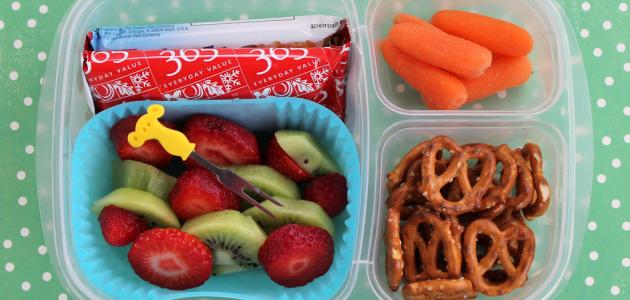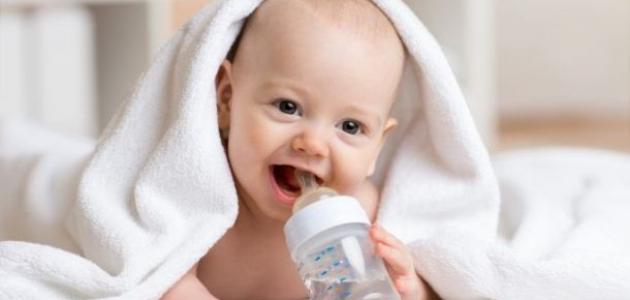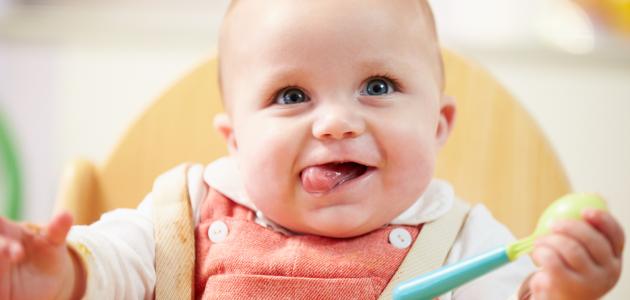Contents
hair grow
Head hair is not just an aesthetic element that controls the external appearance only, but it is also a reflection of human health and a mirror of the nature of his life. Everything that we eat or do in terms of care and attention affects hair growth, density and beauty. Hair generally grows throughout the body, including the head. And it begins to grow from the roots in which cells intertwine together to form the protein that makes up the hair , which is called keratin , and these roots are located inside a small dermal tube in the skin, called a follicle , and it can be said that every hair is linked to a gland Greasy produces an oil that has water-repellent properties, and it gives hair its shine, and it is worth noting that some children may be born with thick hair that covers the entire head, while others are born with less dense and widespread hair, and in both cases hair may be exposedChildren fall out, and it is replaced by new hair, and it should be noted that children who have large follicles have thicker hair, and children who have narrow follicles have thin hair. [1] [2] [3]
It should be noted that the human head carries more than 100,000 hairs, and the rate of its loss during washing, brushing, and combing is between 50 and 100 hairs per day, but it is replaced by new hair instead of falling hair, and the hair follicle continues to grow for two to six years And then it enters into a phase called the rest phase , and this phase lasts about three months only, and after that the hair falls out. [1] [2] [3]
Methods for feeding children's hair
Hair growth is affected by several factors, including nutrition and health status, and to stimulate hair growth, you must provide a healthy and balanced nutrition for your child, ensure that he gets essential vitamins and minerals, and try to get rid of any health problems that may affect the health of hair, and the following points explain some of the methods To nourish children's hair: [3]
- Eat whole grains instead of products made from white flour, such as white bread and pasta, because whole grains provide vitamin B of all kinds, which regulates the hormones that enter the hair growth process, and the most important of these vitamins is Biotin, which is important To produce keratin, whole grains are also distinguished by their containment of inositol, which protects hair follicles.
- Eat sources of protein , such as lean meat fat , including poultry, fish, eggs, it was observed that eating eggs reduces the chance of the arrival of the hair into the resting phase, because it contains manganese, biotin; They prevent hair loss, and it is rich in the amino acid cysteine (L-cysteine), which is important for hair growth.
- Eat yellow and orange fruits and vegetables, because they contain vitamin A, which promotes the health of the scalp glands.
- Eat citrus fruits, dark green vegetables , tomatoes, and strawberries, as they are rich in vitamin C , which protects the hair from breakage.
- Eat sources of Vitamin E, which promotes hair quality.
- Avoid eating fast food and soft drinks, because consuming them will lead to dry hair and brittleness.
- Eat sources of omega-3 , omega-6, and omega-9 that are important for hair health.
- Eat sources of zinc and iron ; As their deficiency in the body leads to hair loss.
Healthy baby hair practices
Nutrition is not the only factor affecting the health and growth of hair, but all the daily practices that are followed can affect one way or another on the hair, as the chance of hair loss increases during the first few months of the birth of the child, and it can be said that the reason for this is the levels of hormones and the rate of growth This is why it is necessary to take care of the baby’s scalp during its various stages, by following some of the following tips: [4] [3]
- Avoid placing the child on his back frequently, because repeated rubbing of the back of the child's head with his bed may cause a flat, hairless spot to appear at the back of his head.
- Washing the baby's head to rid it of accumulated dirt and oils, by placing a small amount of baby shampoo, the size of which does not exceed a pea seed, with a little warm water, and then massaging the child's scalp with the tips of the fingers in a circular motion, and drying it with a soft and clean towel, and it is worth noting that Washing hair stimulates hair follicles .
- Seeing a specialist doctor when a hair problem arises, or if the child's hair does not grow after two years of birth.
- Avoid drying hair too hard.
- Use a wide-tooth comb when the hair is damp.
- Minimize the use of hair dryer.
Hair problems in children
Hair goes through some problems like other parts of the body, which may affect people of different ages, and among the problems that children’s hair may be exposed to: [5]
- Scalp: The dandruff consists of scalp oils that clump with the skin that has been abnormally disposed of, and this occurs due to the overgrowth of one of the fungi species called Malassezia on the scalp, and it is worth noting Dandruff often appears after puberty, but it may affect children sometimes, and it can be said that dandruff is not considered a serious condition and can be treated at home, but it is preferable to see a doctor in the event that severe redness of the scalp appears, or hair loss. All are symptoms of skin diseases, such as ringworm, psoriasis, or eczema. [5]
- Cradle cap: is the hat cradle One type of dandruff that afflict children, show due to seborrheic dermatitis , consisting of peel thick, yellow or white appear on the scalp, to make them dry, and can To say that the reason for the emergence of these peels is the excessive production of sebum , which is the oily substance that keeps the skin moisturized. [6]
- Head lice: Head lice are small parasitic insects that do not have wings, and live by sucking blood from the scalp, and they are common among children between the ages of 3 to 12 years, and it is worth noting that an adult female louse lays about eight Eggs a day, and it is advised to consult a doctor in case newborns are infected with head lice before embarking on any prescription or treatment, because these treatments may be unsafe for them. [7]
References
- ^ A b Yamini Durani (2015- by may), "Your Hair" , Www.teenshealth.org , Retrieved 28-3-2018. Edited.
- ^ A b "Your Baby's Head , " , Www.healthychildren.org , Retrieved 28-3-2018. Edited.
- ^ A b t w LINDA TARR KENT (18-7-2017), "How To To Stimulate Hair Growth , In Children" , Www.livestrong.com , Retrieved 26-3-2018. Edited.
- ↑ LISA FINN (18-7-2017), "Is It Possible to Make a Baby's Hair Grow Faster?" , Www.livestrong.com , Retrieved 26-3-2018. Edited.
- ^ A b ROSE View ERICKSON (13-6-2018), "How To Tweet Get To Dandruff the Out Of Children's Hair" , Www.livestrong.com , Retrieved 28-3-2018. Edited.
- ↑ TRACI JOY (14-10-2017), “How to Treat Dry Scalp in Babies” , www.livestrong.com , Retrieved 28-3-2018. Edited.
- ↑ CAROLYN RUSSELL-DELUCAS (14-8-2017), "How to Get Rid of Head Lice in Newborn Babies" , www.livestrong.com , Retrieved 28-3-2018. Edited.
